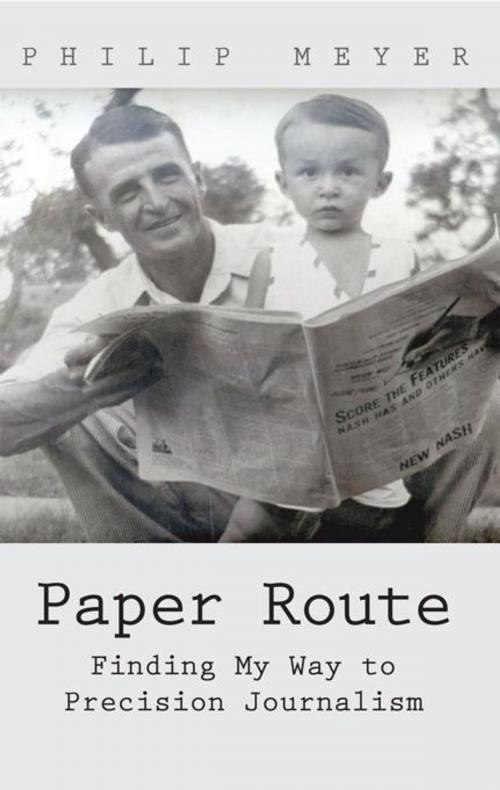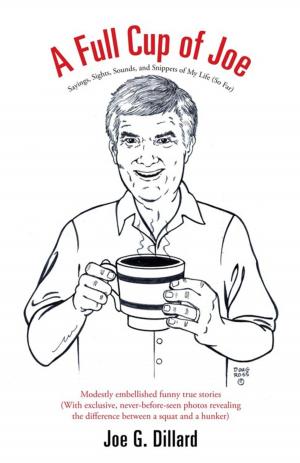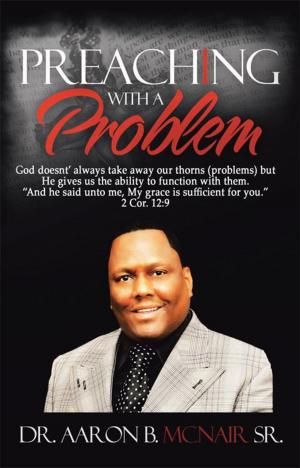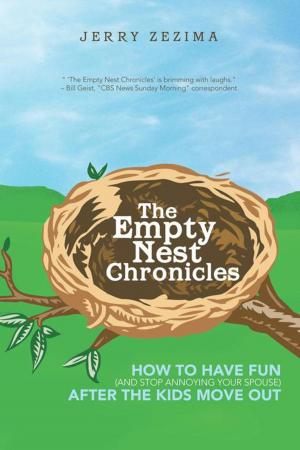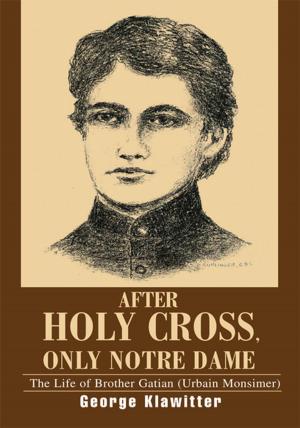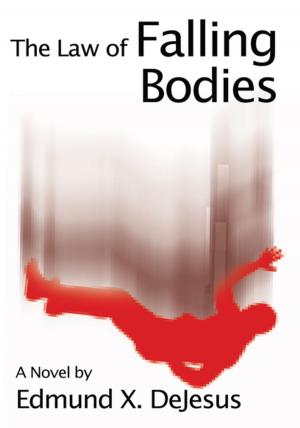| Author: | Philip Meyer | ISBN: | 9781462083107 |
| Publisher: | iUniverse | Publication: | January 27, 2012 |
| Imprint: | iUniverse | Language: | English |
| Author: | Philip Meyer |
| ISBN: | 9781462083107 |
| Publisher: | iUniverse |
| Publication: | January 27, 2012 |
| Imprint: | iUniverse |
| Language: | English |
As author Philip Meyer sat in a college class listening to a professor lecture about systematic tools for measuring things like trust in government, a thought struck him: a journalist could do this!
He thought about the newsroom conversations hed had about the possibility of reporting on some interesting social phenomena. The group always ended with a shrug and a lament that there was no way to measure itbut he began to wonder.
It was an epiphany for Meyer, who went on to report on the 1967 racial riots in Detroit and write the groundbreaking book Precision Journalism. While others were arguing that reporters should not use scientific methods to make conclusions of their own, Meyer was using computers and statistical software to elevate the standards of traditional journalism.
At age fifty, he switched gears and entered the world of academe, where he continues to stir the pot. In Paper Route, he recalls two interconnected careers and examines how journalism, quantitative methods, and original thinking led him to live the remarkable life that hes still enjoying.
As author Philip Meyer sat in a college class listening to a professor lecture about systematic tools for measuring things like trust in government, a thought struck him: a journalist could do this!
He thought about the newsroom conversations hed had about the possibility of reporting on some interesting social phenomena. The group always ended with a shrug and a lament that there was no way to measure itbut he began to wonder.
It was an epiphany for Meyer, who went on to report on the 1967 racial riots in Detroit and write the groundbreaking book Precision Journalism. While others were arguing that reporters should not use scientific methods to make conclusions of their own, Meyer was using computers and statistical software to elevate the standards of traditional journalism.
At age fifty, he switched gears and entered the world of academe, where he continues to stir the pot. In Paper Route, he recalls two interconnected careers and examines how journalism, quantitative methods, and original thinking led him to live the remarkable life that hes still enjoying.
